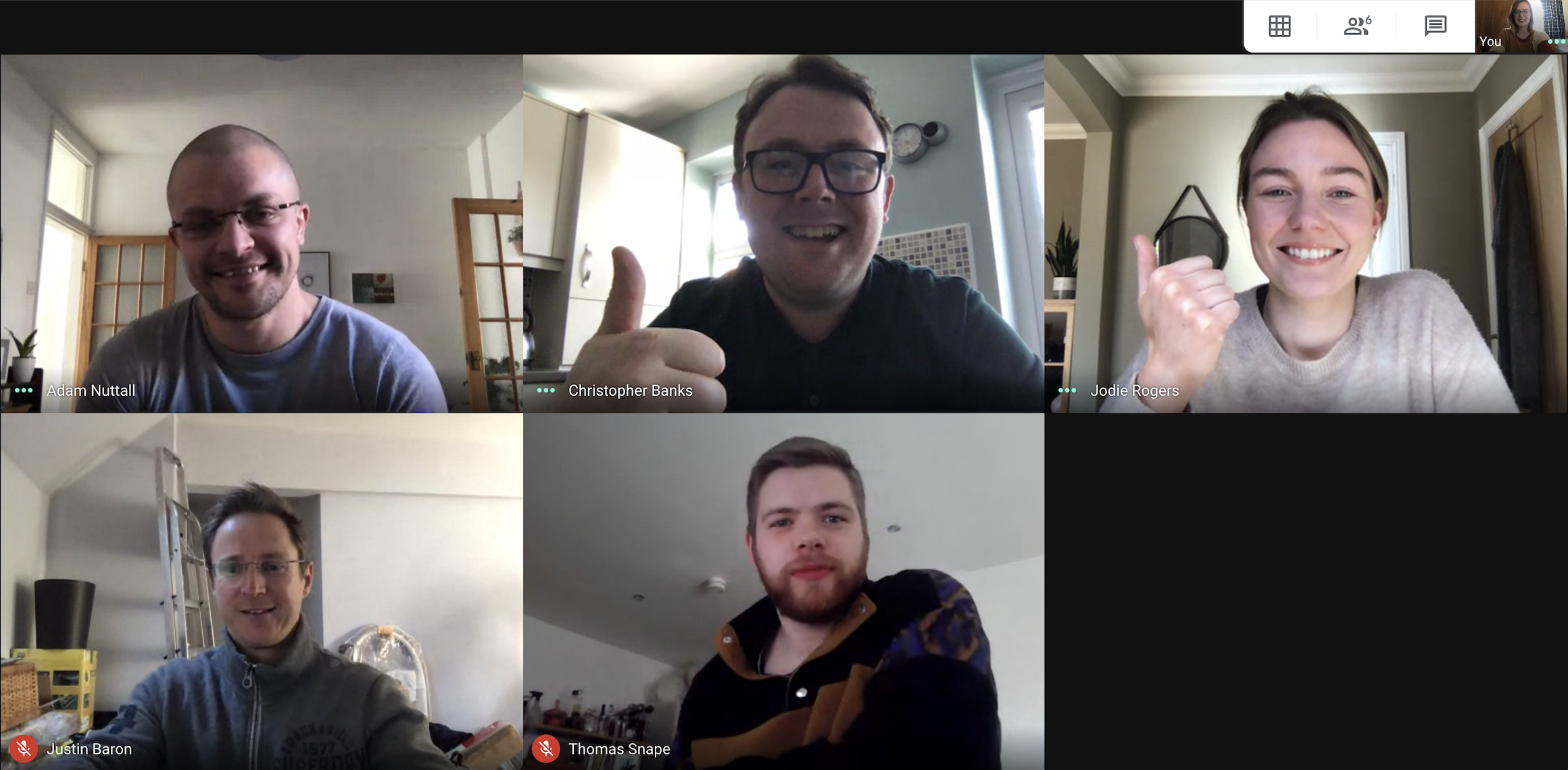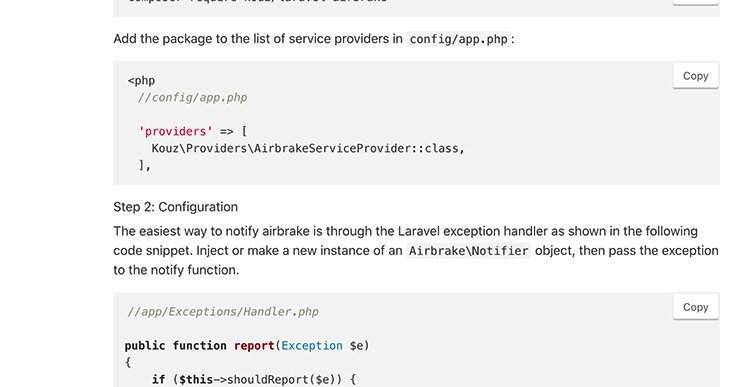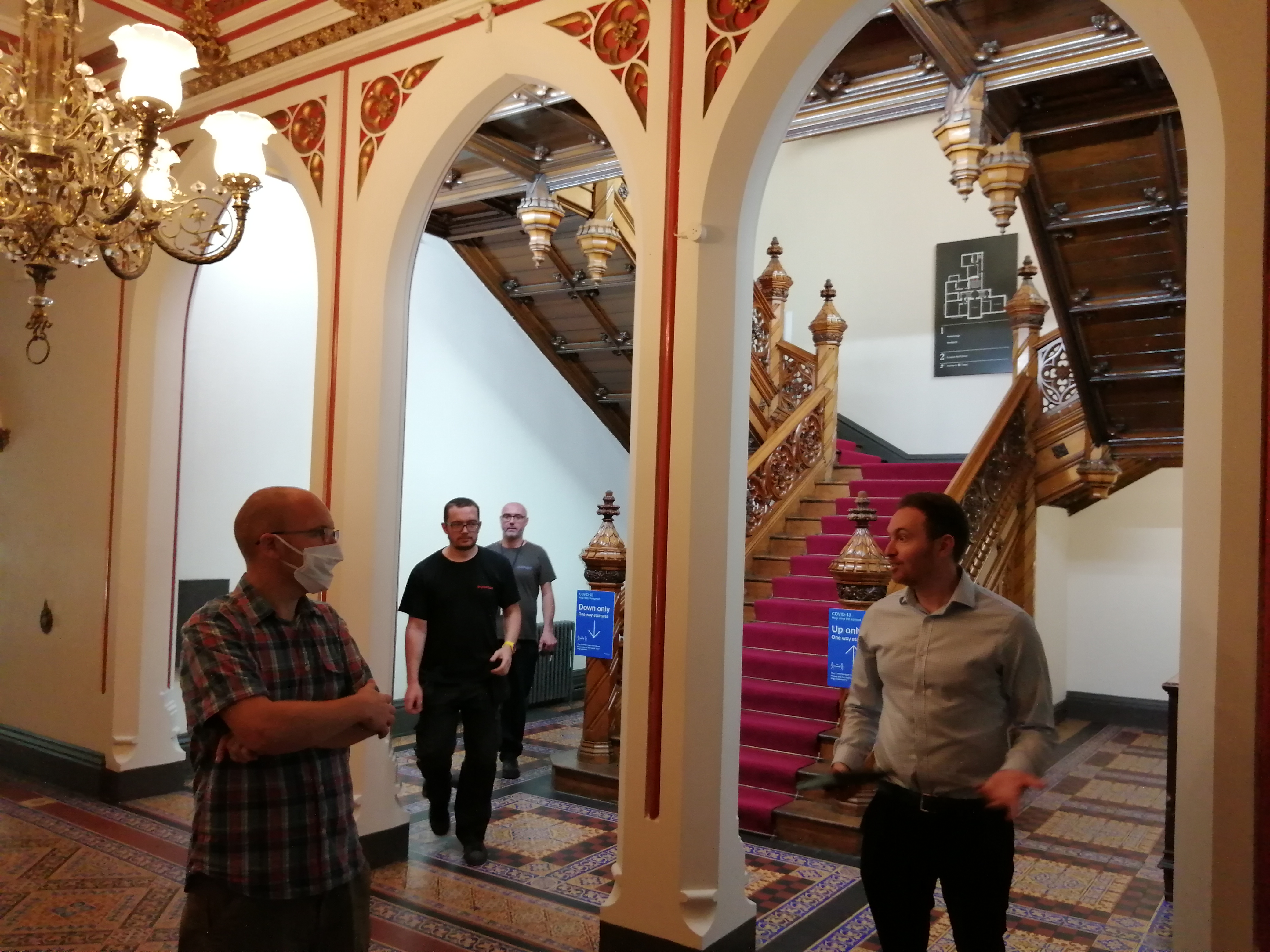
The growing wave of digitization and digitalization, has resulted in a critical talent gap in the UK. If not addressed, much of the potential of digitalization could go unrealized.
According to Consultancy.uk, the UK stands the risk of forgoing more than £140 billion if the status quo remains.
Let’s start with the definition of these terms.
Outsourcing
In the simplest form, outsourcing happens when a company hires another company to carry out planned or existing business activity. In the technology space, this often takes the form of software development. Here, your vendor bears the responsibility of delivering the project and manages the end-to-end project flow. When finished, the product is delivered to you, tested and approved.
Outstaffing
Here, you hire an individual or a team of professionals, to work as embedded members of your team under your supervision. In most cases, they work remotely. You have full control here and determine the work flow direction. The outstaffing vendor takes the critical role of finding, hiring and handling all administrative duties. Whilst the employee’s payroll and taxes are handled by your vendor, the employee works directly with you.
Cost
Smart organisations often look for ways of remaining competitive especially in periods of uncertainty and instability, like the imminent recession is about to plunge us into. Organisations are increasingly turning to these models to utilize available resources optimally and reduce cost.
Remote mindset
The global pandemic has accelerated our transition to remote work. Research studies show a positive correlation between remote work and productivity, indicating that organizations are likely to maintain the remote culture after the global lock down due to the inherent advantages.
Benefits of outsourcing and Outstaffing
Cost savings
Outsourcing to a country with lower cost of living translates to significant cost savings. Lower salaries, production, infrastructure and operational costs means the vendor will charge much less than another vendor in high-cost markets.
Time savings
With an outsourcing partner, you don’t waste time in hiring, onboarding and training new staff members. You simply hire the vendor, who uses his existing, often experienced team to deliver your project. As you know, time is money.
Scaling fast
When you outsource some or all elements of your development, you free up time to focus on acquiring new clients and entering new markets, without scaling your internal operation.
Access to global talent pool
With the increasing shortage in tech talents in the UK, outsourcing and outstaffing models are a strategy to access the hard-to-find and expensive skills set in the local market. In addition, employing the outsourcing model increases your organisation’s diversity quotient.
Concerns of outsourcing
Time difference
This can be a major challenge if you are not in similar time zones with your outsourcing vendor. There could be a significant dent on the communication flow which could affect the overall success of the project.
Language barrier
Communication flow could be hampered significantly if your partner vendor struggles with your major language of communication. This often leads to wasted time and misinterpretation of the project requirements.
Culture and work habits
Different environments elicit different cultural norms and work habits. For example, for some hierarchical cultures, reports often do the bidding of the superiors, with no questions asked. Training and retraining go a long way in filling the missing gaps here.
Privacy and security concerns
From afar, this may look like a huge concern. On a close look, one discovers that the challenges can easily be mitigated. With the outstaffing model, the contracting company has total control on the access granted to the embedded staff just as other staff members. Also, engagements on the outsourcing model typically come with intellectual property protection.
What option do I go for?
Outstaffing model is ideal in situations where you have the required expertise in house but lack the development capacity. You may have a CTO, who is responsible for your development strategy and is particular about the architectural consistency of your software component but needs some additional hands.To overcome the capacity challenge, you could either go for an embedded team member or a team extension — depending on the capacity gap.
Outsourcing is better suited for situations where you do not have the in-house expertise and are not able to build your IT team yet either due to a constrained budget or other reasons. In this case , you could have a measurable part or your entire project built out by the outsourced vendor.
If you are looking for a partner that understands how to recruit, and onboard oversees talents for full time or part time positions, hit us up at Geria, We take care of all the recruitment and overhead responsibilities, and ensure the right candidate is embedded into your team while you focus on building that awesome product!
Photo credit: skydiv








